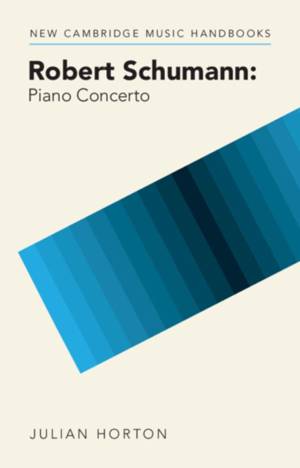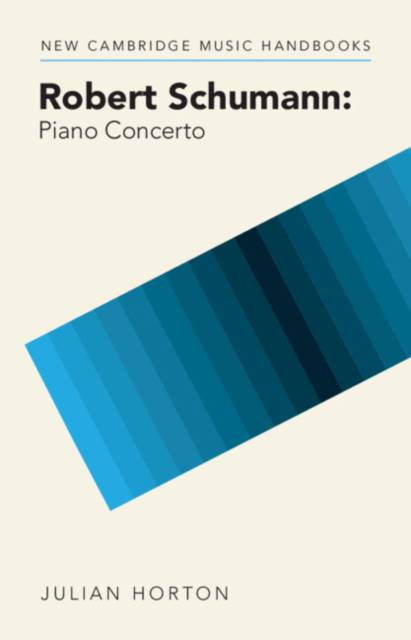
Door een staking bij bpost kan je online bestelling op dit moment iets langer onderweg zijn dan voorzien. Dringend iets nodig? Onze winkels ontvangen jou met open armen!
- Afhalen na 1 uur in een winkel met voorraad
- Gratis thuislevering in België vanaf € 30
- Ruim aanbod met 7 miljoen producten
Door een staking bij bpost kan je online bestelling op dit moment iets langer onderweg zijn dan voorzien. Dringend iets nodig? Onze winkels ontvangen jou met open armen!
- Afhalen na 1 uur in een winkel met voorraad
- Gratis thuislevering in België vanaf € 30
- Ruim aanbod met 7 miljoen producten
Zoeken
€ 122,95
+ 245 punten
Uitvoering
Omschrijving
Offering a concise introduction to one of the most important and influential piano concertos in the history of Western music, this handbook provides an example of the productive interaction of music history, music theory and music analysis. It combines an account of the work's genesis, Schumann's earlier, unsuccessful attempts to compose in the genre and the evolving conception of the piano concerto evident in his critical writing with a detailed yet accessible analysis of each movement, which draws on the latest research into the theory and analysis of nineteenth-century instrumental forms. This handbook also reconstructs the Concerto's critical reception, performance history in centres including London, Vienna, Leipzig and New York, and its discography, before surveying piano concertos composed under its influence in the century after its completion, including well-known concertos by Brahms, Grieg, Tchaikovsky and Rachmaninov, as well as lesser-known music by Scharwenka, Rubinstein, Beach, Macdowell and Stanford.
Specificaties
Betrokkenen
- Auteur(s):
- Uitgeverij:
Inhoud
- Aantal bladzijden:
- 180
- Taal:
- Engels
- Reeks:
Eigenschappen
- Productcode (EAN):
- 9781316512586
- Verschijningsdatum:
- 30/11/2023
- Uitvoering:
- Hardcover
- Formaat:
- Genaaid
- Afmetingen:
- 140 mm x 216 mm
- Gewicht:
- 403 g

Alleen bij Standaard Boekhandel
+ 245 punten op je klantenkaart van Standaard Boekhandel
Beoordelingen
We publiceren alleen reviews die voldoen aan de voorwaarden voor reviews. Bekijk onze voorwaarden voor reviews.











